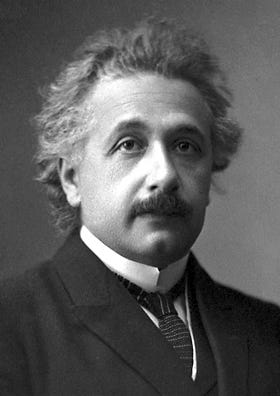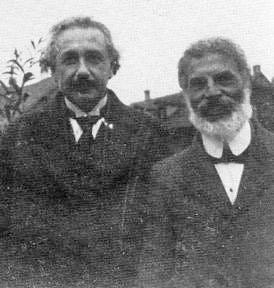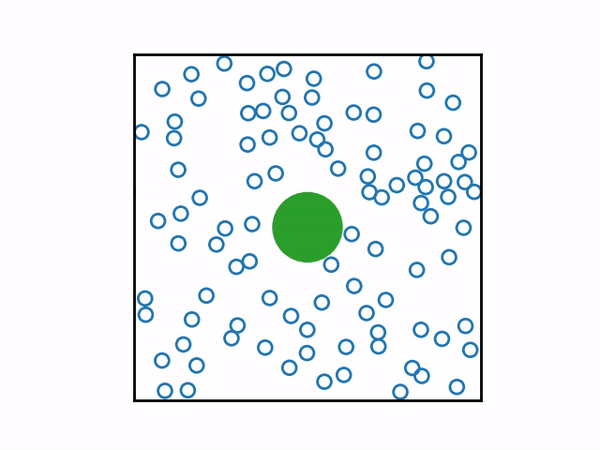Einstein's Annus Mirabilis - The Miracle Year of 1905
The story that made Einstein the greatest scientific genius to ever live
Greetings, fellow scientist.
Thanks to Classical Physics, before the dawn of the 20th century, it seemed like we had completely understood the universe and the laws that governed the motion of all matter. Classical techniques had ruled the realm of science for more than 200 years.
Still, mysteries of the atomic world remained unanswered. We hadn’t figured out how things worked at such a small level. Maybe, this was a time for yet another scientific revolution.

In the very late 19th century and the early 20th century, with the advent of new ideas, several theories concerning the sub-atomic world began to emerge. Some astounding discoveries made one thing very clear: our understanding wasn’t yet complete at all. One after another, genius arose and proposed theories that were once thought to be impossible. The most influential amongst them was a German physicist named Albert Einstein.

In 1902, when his career in physics seemed dull, Einstein had to unwillingly settle for the job of a clerk at a patent office in Bern, Switzerland. But he made sure he spared time for his thought experiments, from his cumbersome six-days-a-week schedule. He sometimes felt the absence of fellow science researchers with whom he could discuss his daily hypotheses. His only relief was his colleague, an engineer named Michele Besso, with whom he would chat for long hours.
Einstein’s work in 1905 alone is enough to declare him the greatest scientific genius that has ever lived. In that year, he wrote four groundbreaking papers(published in the journal Annalen der Physik) which along with Quantum Mechanics and General Relativity(also developed by Einstein) laid the basis of Modern Science. For these reasons, 1905 is referred to as Annus Mirabilis or Einstein’s ‘Miracle Year‘.

His first paper in March proposed the Photoelectric Effect, which established the particle nature of light based on Max Planck’s Quantum Theory
The photoelectric effect is the emission of electrons when electromagnetic radiation, such as light, strikes a material.

Two months later, in May, he wrote a paper that solved a centuries-old puzzle concerning the existence of atoms. It explained the phenomenon of Brownian Motion, first discovered by English botanist Robert Brown in 1827.
Brownian motion is the random motion of particles suspended in a medium.

In June, he wrote the third paper named "On the Electrodynamics of Moving Bodies" which brought about a revolution. Einstein proposed that time, which was previously thought to be an absolute quantity, was in fact relative i.e it varied for different observers in different frames of reference. It also established that the speed of light was constant in a vacuum. This came to be known as the Special Theory of Relativity.

He was perhaps in the form of his life and wasn't finished yet. In September, advancing on the ideas of Special Relativity, he proposed that mass and energy are interconvertible, i.e they are two different forms of the same thing. He proved this when he formulated the equation of Mass-Energy Equivalence, the most famous scientific equation to date.
When Einstein received the Nobel Prize in Physics in 1921, his contribution to the photoelectric effect was cited as the lone reason. Nevertheless, 1905 will be forever remembered as the year that completely changed our understanding of the universe.
In the upcoming weeks, we will be exploring all of his four papers in detail.



